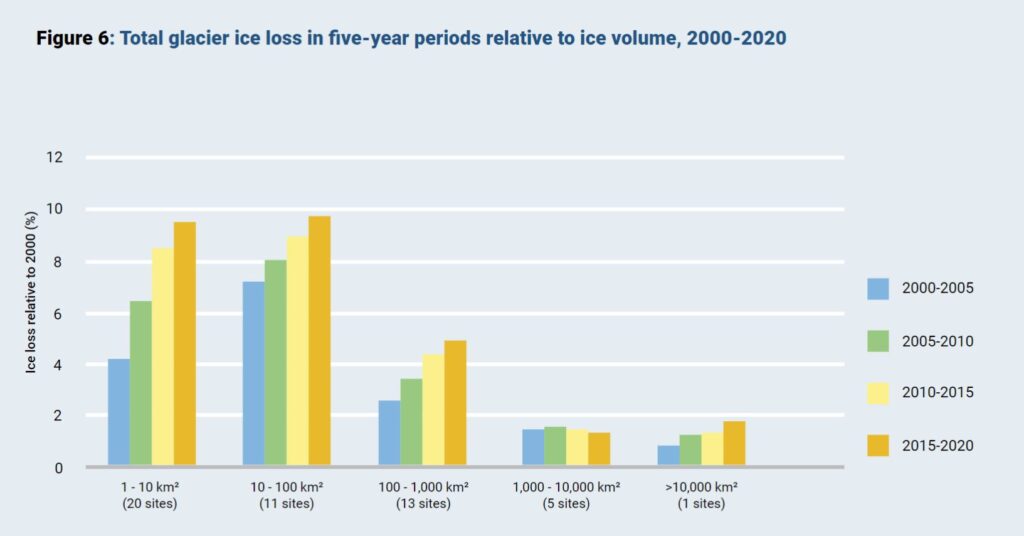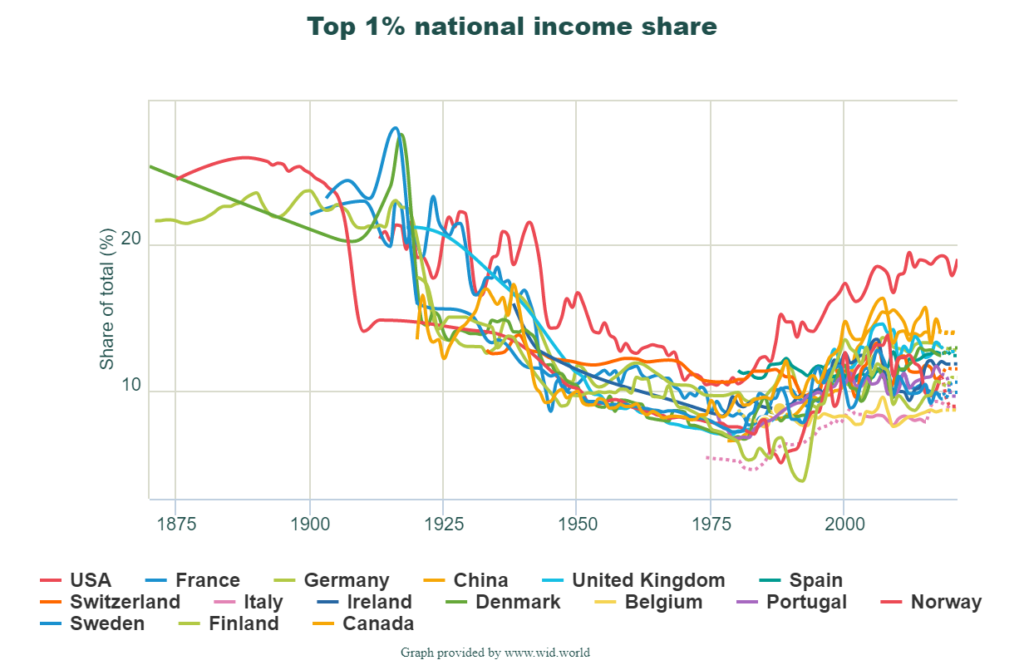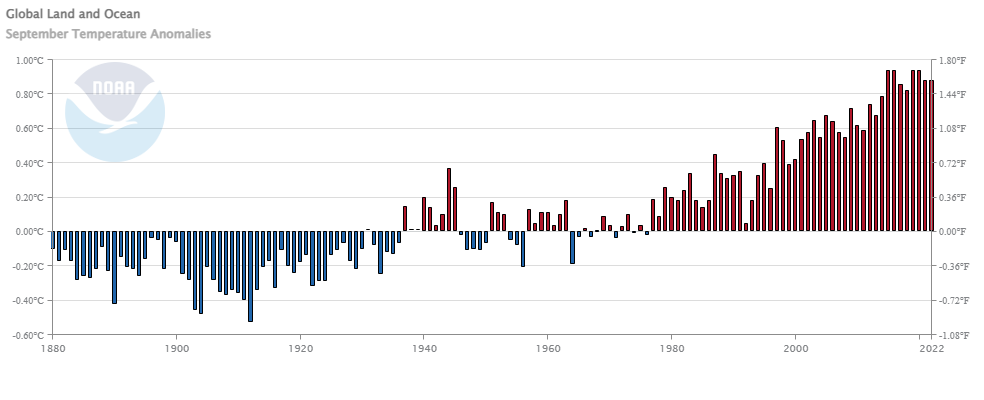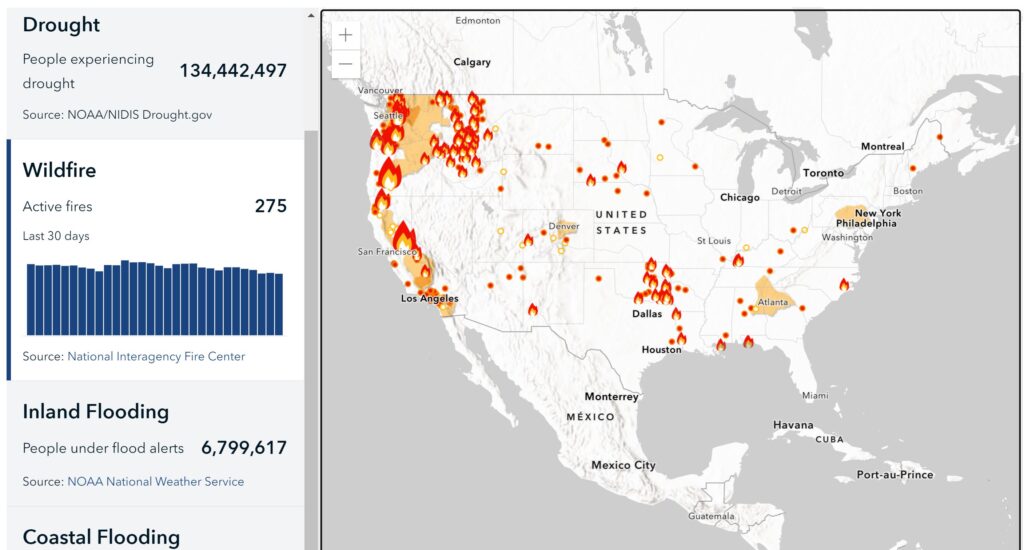The UNESCO press release, UNESCO finds that some iconic World Heritage glaciers will disappear by 2050 by François Wibaux (11/3/2022) provides a list of glaciers likely to be gone by 2050. For example,
According to available data, glaciers in all World Heritage sites in Africa will very likely be gone by 2050, incl. Kilimanjaro National Park and Mount Kenya
Glaciers in Yellowstone National Park (United States of America) – very likely to disappear by 2050
Glaciers in Yosemite National Park (United States of America) – very likely to disappear by 2050
The graph here is from the full report (link in the press release) which also contains some useful tables of data. A quote speaking calculus in the press release:
But a new study by UNESCO, in partnership with IUCN, shows these glaciers have been retreating at an accelerated rate since 2000 due to CO2 emissions, which are warming temperatures. They are currently losing 58 billion tons of ice every year – equivalent to the combined annual water use of France and Spain– and are responsible for nearly 5% of observed global sea-level rise.
Why does this all matter:
Half of humanity depends directly or indirectly on glaciers as their water source for domestic use, agriculture, and power. Glaciers are also pillars of biodiversity, feeding many ecosystems.









